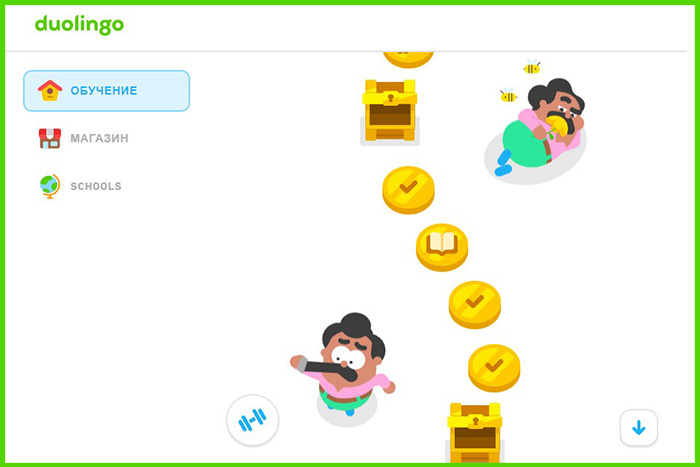Duolingo: Revolutionising Language Learning in the Digital Age

Introduction
In a world that is becoming increasingly interconnected, the ability to communicate in multiple languages has never been more important. Duolingo, an online language learning platform, has gained significant attention for its innovative approach to language education. Through gamification, it has changed how individuals learn languages, making the process both accessible and engaging for users of all ages.
Overview of Duolingo
Founded in 2011 by Luis von Ahn and Severin Hacker, Duolingo began as a free platform for learning languages. The app utilises game-like features to motivate users, incorporating elements such as points, levels, and rewards for completing lessons. As of 2023, the platform boasts over 500 million users worldwide and offers courses in over 30 languages, ranging from widely spoken tongues like Spanish and French to less common ones like Welsh and Irish. Its interactive and user-friendly interface has made language learning appealing in a way traditional methods have not.
Recent Developments
Duolingo continues to adapt its offerings based on user feedback and technological advancements. In 2023, the company introduced new features, including Duolingo Stories and Podcasts, which provide immersive experiences that enhance listening and comprehension skills. Additionally, their recent updates to the app include personalised learning paths tailored to individual progress and interests. These features aim to make learning not only more effective but also more enjoyable.
The Impact of Duolingo
One of the significant impacts of Duolingo is its commitment to providing free language education. The platform’s approach has made language learning available to those who may not be able to afford traditional classes or resources. Furthermore, Duolingo’s effectiveness has garnered the attention of educators and institutions, leading to partnerships with universities and schools globally. Studies have shown that users who regularly engage with the app can achieve language proficiency comparable to that of formal education, demonstrating its potential as a serious educational tool.
Conclusion
As Duolingo continues to evolve, its relevance in the language education sector remains strong. The company’s innovative approaches and commitment to accessibility promise to foster a generation of polyglots. Looking ahead, it is likely that Duolingo will continue to expand its course offerings and enhance its platform, solidifying its role as a leader in the digital language learning landscape. For many users, Duolingo is not just an app; it is a gateway to discovering new cultures and building connections across the globe.









